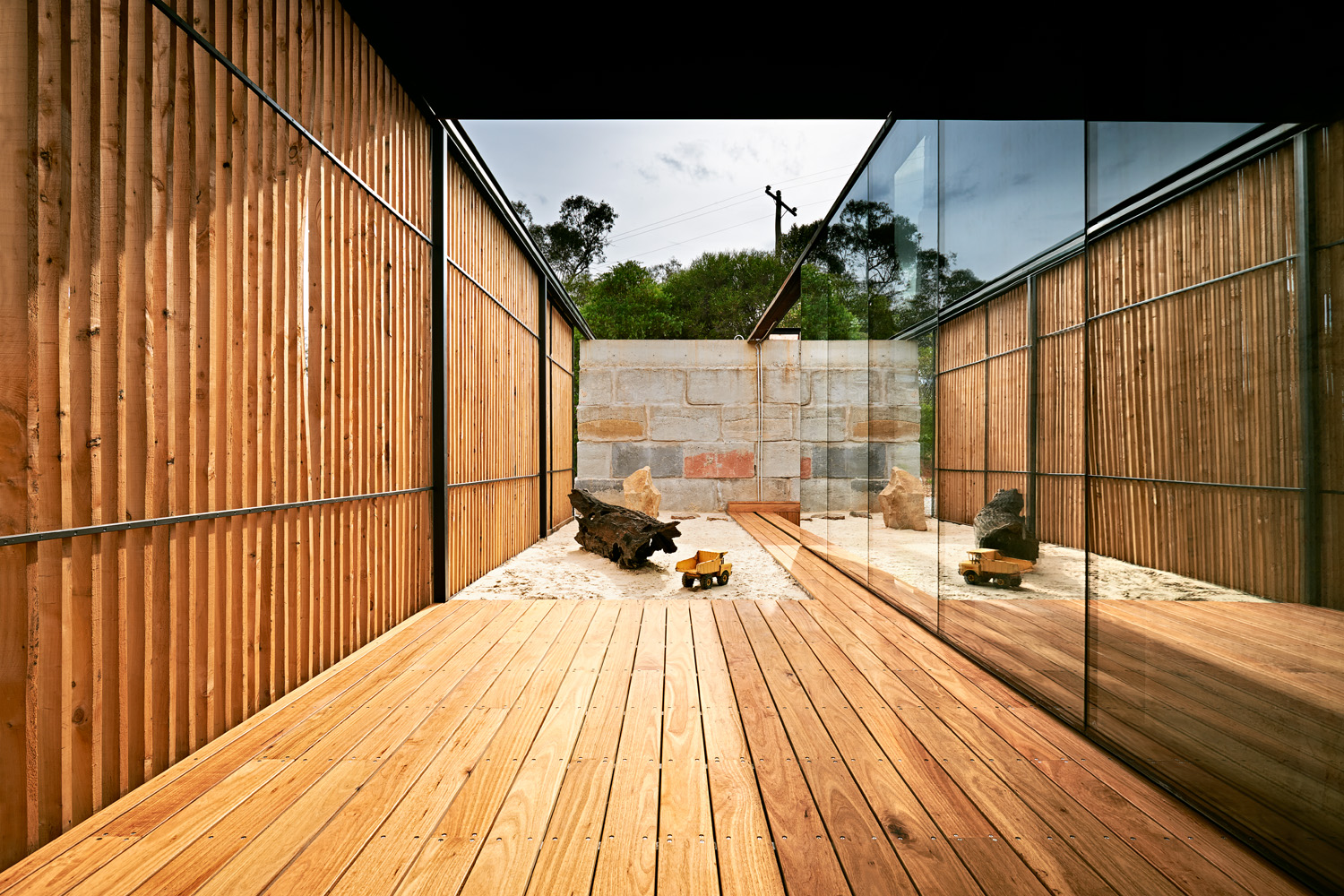Big or small, every lawn needs a certain degree of care. Turning it from a dried out mess into a lush children’s play area or the envy of all your neighbours can be easy with the introduction of a little lawn fertiliser. It might not be a top priority need, but it can be the difference between a wasteland and a healthy lawn.
Due to water restrictions, our lawns have been left to ‘rough-it’ alone. By revamping your garden and choosing a drought-hardy variety, you can still have an area of turf you can be proud of.
Feeding your lawn in the spring is the best way to get it ready for summer. By applying lawn fertiliser then, it won’t just look greener, it will be more resistant to diseases and it helps prevent those pesky patches of dirt that just seem to appear!
Grass needs its own special type of fertiliser. Lawn fertiliser specifically.
The What’s What of lawn fertilisers
There are many different types of lawn fertilisers out there, and it can be confusing to know which one is right for you. This list should help you out:
– Slow release lawn fertilisers are designed to release nutrients slowly. This means less feeding, and although you might have to wait longer for results, they will be strong and constant.
– Organic lawn fertilisers (such as blood and bone) are natural products based on manure, minerals, and seaweed. These are specifically designed to nourish your lawn over several months.
– Synthetics are chemical lawn fertilisers which are made up of a mix of trace and major elements. They’re designed for quick release to make your turf go green fast!
– Combination lawn fertilisers combine both organic and synthetic fertilisers in one.
– Liquid hose on fertilisers are fast acting. Due to this they don’t provide a long term solution but they’re wonderful to spray around a few days before a party!
Whichever lawn fertiliser solution you choose it’s important to understand the Nitrogen/Phosphorous/Potassium ratio. The N:P:K ratio is usually located on the back of the pack you purchase.
By selecting a balanced fertiliser (N11:P4:K8), you will encourage growth in all the right areas. So when you mow the lawn next all the nutrients won’t be taken off the top! It will be slow and steady, but it will definitely win you the race.
To get the best from lawn fertilisers you should prepare the lawn before immediate application.
Compacted soil should be aerated with a large garden fork. This is good for both fertiliser and water penetration.
Remove large leafed weeds before summer because they will make a permanent home in your lawn. You definitely don’t need them taking away nutrients from your grass. Wondering what to do with bare patches of earth? Just sprinkle some sand over the top.
Lawn fertiliser is often looked over when trying to spruce up a lawn. Instead of thinking about ripping up everything, try some and see the difference for yourself.
-150x150.jpg)
-150x150.jpg)





